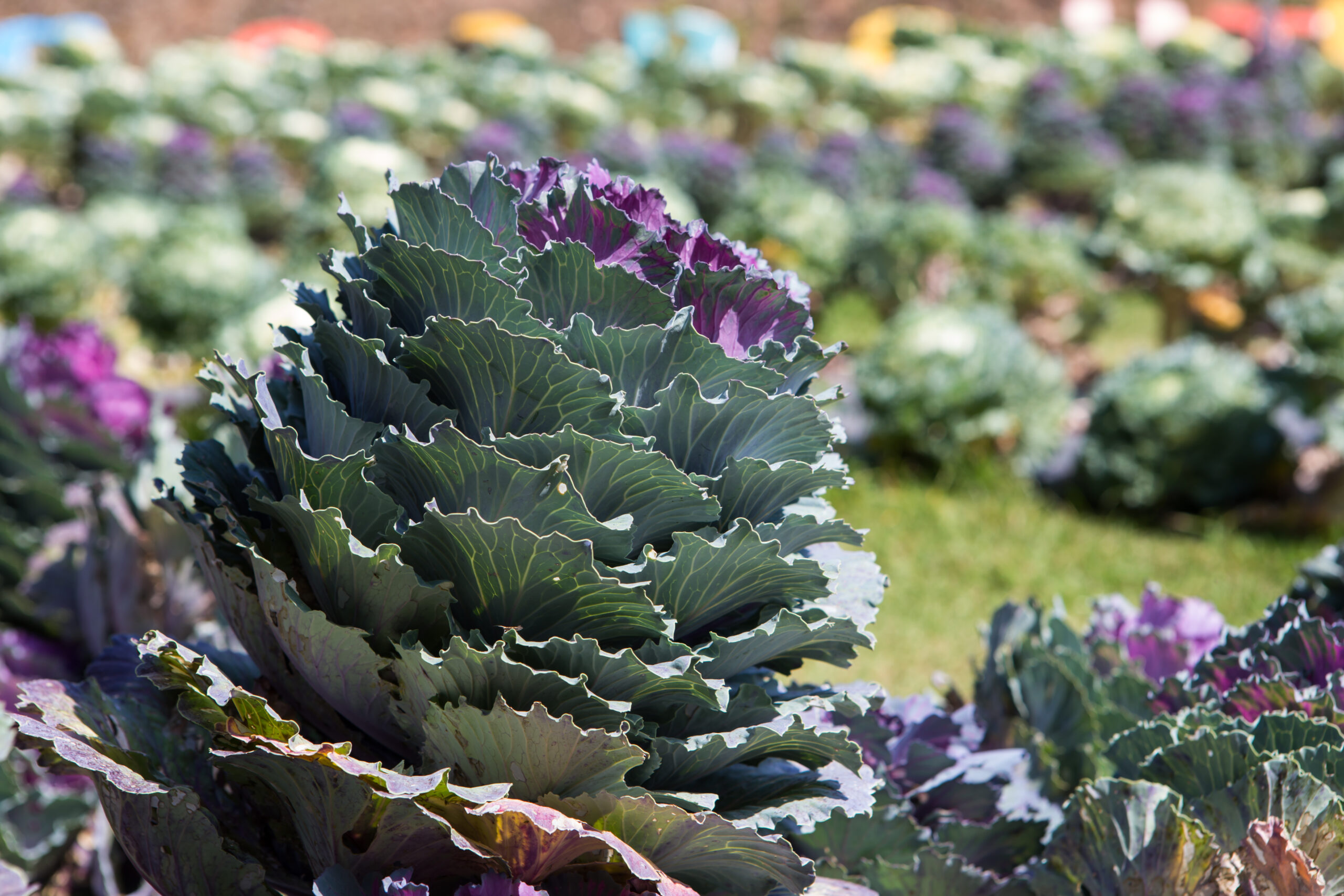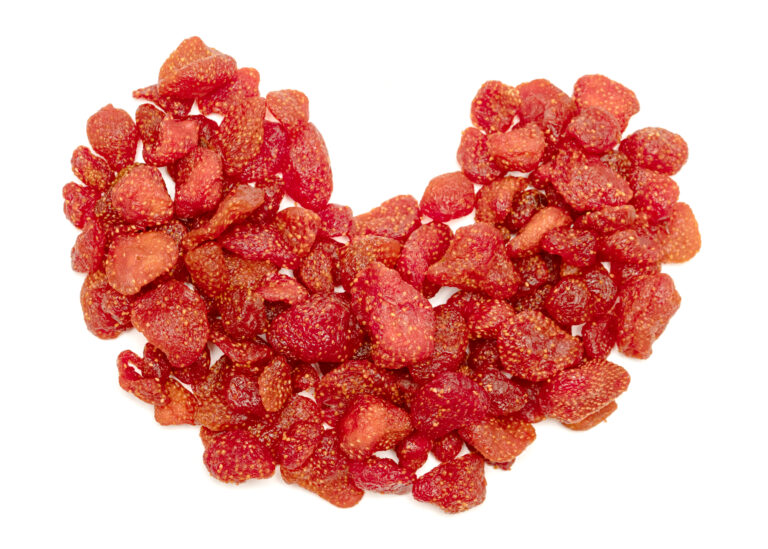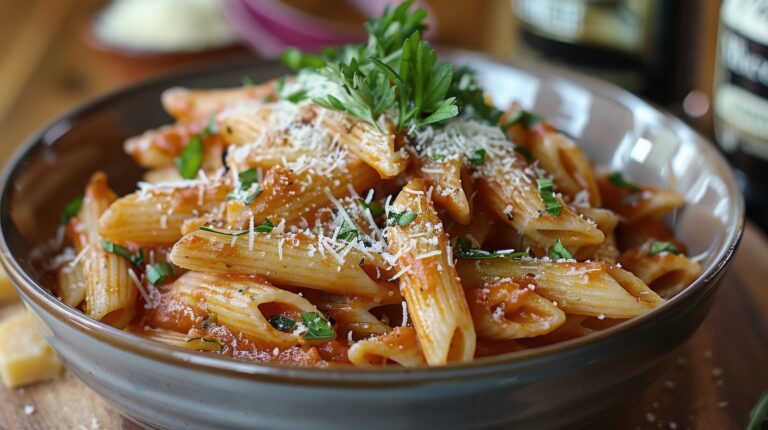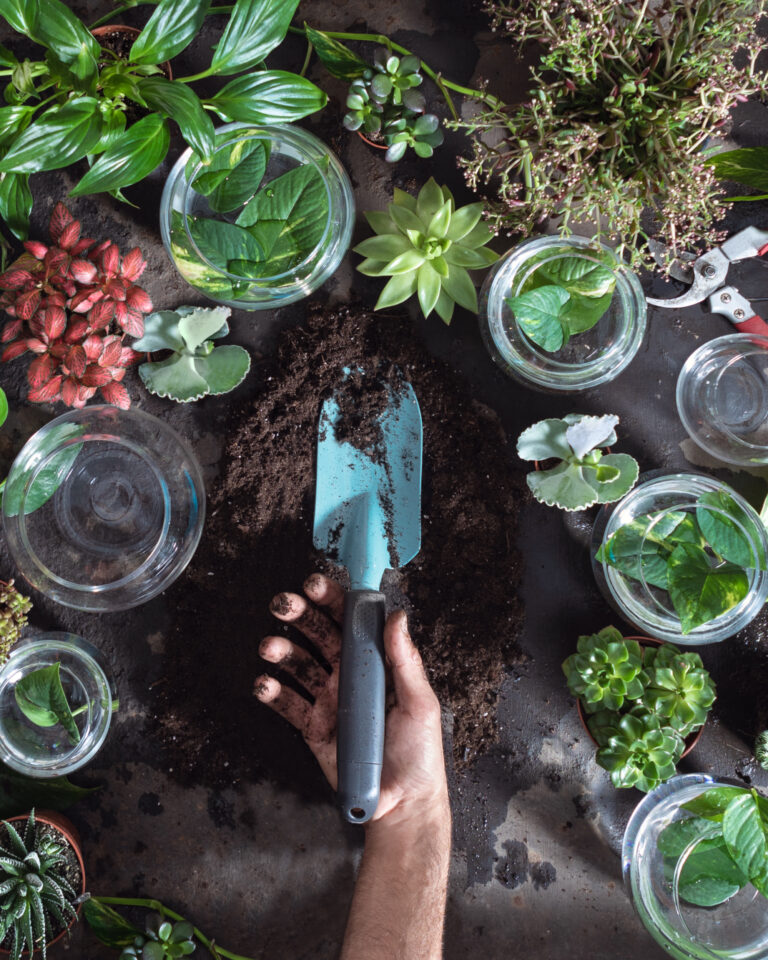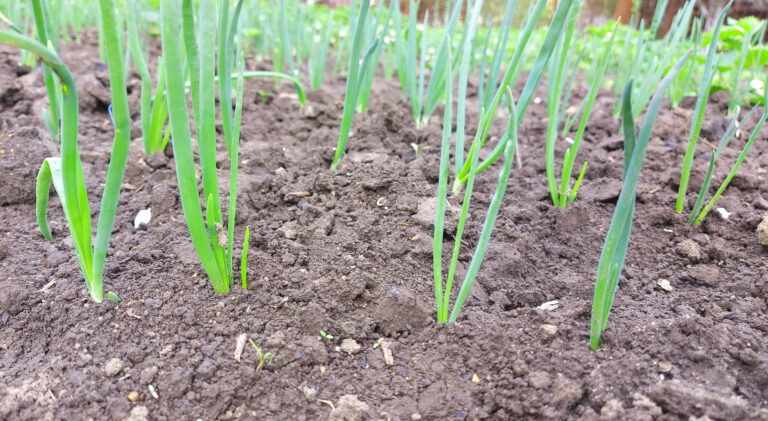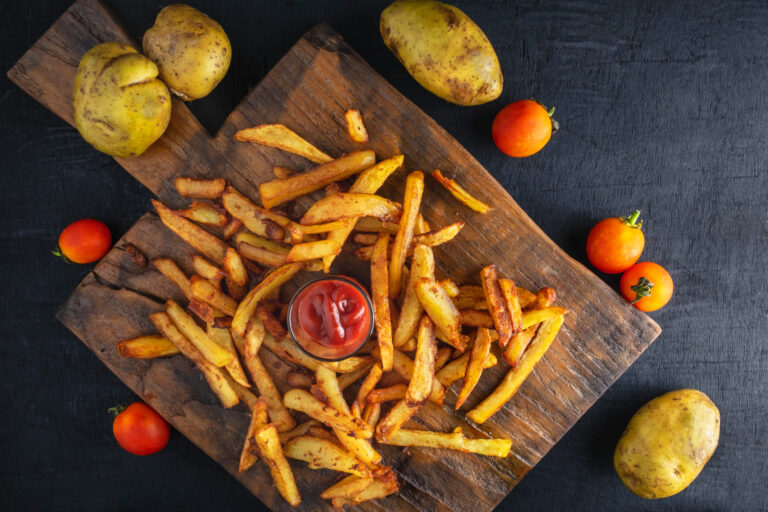20 Perennial Vegetables You Only Need to Plant Once
🌿 20 Perennial Vegetables You Only Need to Plant Once
Tired of replanting your veggie garden every year? Imagine a garden that grows back stronger each season, with little extra effort. Enter perennial vegetables — nature’s gift to the time-crunched gardener.
Unlike annuals, which need to be replanted yearly, these hardy veggies come back on their own, year after year. Plant them once, care for them wisely, and enjoy harvests for decades.
Whether you’re a beginner or a seasoned grower looking to make your garden more sustainable, these 20 easy-care perennial vegetables are your best bet.
—
Why Grow Perennial Vegetables?
Growing perennial vegetables is a smart strategy for long-term productivity and low-maintenance gardening. Here’s why:
🌱 Less replanting = less work
💧 Stronger root systems = better drought tolerance
🌾 Soil protection = healthier garden beds
💰 Cost-effective = saves money over time
Plus, many perennial veggies offer unique flavors and nutrients that are hard to find in store-bought produce.
—
🌟 Top 20 Perennial Vegetables to Grow at Home
Here’s a handpicked list of perennial vegetables that thrive in various climates and garden types. These reliable crops will reward your patience with harvests for years to come.
—
1. Asparagus
One of the most popular perennial vegetables, asparagus takes a few years to establish but can produce for 20+ years with proper care. Choose a sunny spot and mulch well.
2. Rhubarb
Great for pies and preserves, rhubarb thrives in cooler climates. Only harvest the stalks — the leaves are toxic.
3. Sorrel
This lemony leafy green is one of the first to appear in spring. Use it fresh in salads or soups.
4. Chives
With a mild onion flavor, chives are easy to grow and make beautiful purple blooms. Snip often to encourage fresh growth.
5. Globe Artichoke
A Mediterranean favorite, globe artichoke adds drama and productivity to any garden bed.
—
6. Horseradish
Known for its spicy root, horseradish spreads aggressively, so plant it in a contained area.
7. Lovage
Tastes like celery with a hint of anise. Every part — leaves, stems, and seeds — is edible and aromatic.
8. Chicory
This deep-rooted green is great for bitter salads and coffee substitutes (roast the root!).
9. Watercress
A fast-growing aquatic green rich in nutrients. Perfect for container or water-edge gardening.
10. Garlic (Perennial Varieties)
Softneck garlic can behave like a perennial if left in the ground. Garlic chives are also a great addition.
—
11. Radicchio
This Italian staple grows back each year and adds a pop of color and bitter flavor to dishes.
12. Egyptian Walking Onions
A unique allium that produces small bulbs at the top of the stalks — which “walk” as they fall and regrow.
13. Groundnut (Apios americana)
A nitrogen-fixing vine that produces edible tubers, once a staple in Native American diets.
14. Jerusalem Artichoke (Sunchoke)
Not related to artichokes at all, these tubers are nutty and delicious. Warning: they spread rapidly.
15. Angelica
An old-world herb with culinary and medicinal uses. Loves moist soil and partial shade.
—
16. Capsicum (Some Perennial Peppers)
In warm climates, certain chili and bell pepper varieties can live for several years.
17. Ostrich Fern (Fiddleheads)
Harvest young fiddleheads in early spring — a forager’s delight. Only eat properly identified species.
18. Sea Kale
A rare, salty-sweet vegetable that’s gaining popularity in permaculture gardens.
19. Perennial Beans (Scarlet Runner, etc.)
Runner beans can return each year in mild climates. Provide a strong trellis for support.
20. Wild Leeks (Ramps)
A forager favorite! Native to woodlands, these garlicky greens are slow to establish but well worth the wait.
—
🧑🌾 Growing Tips for Perennial Success
To make the most of your perennial vegetable garden, follow these essential tips:
🪵 Mulch Generously
Mulching helps retain moisture, suppress weeds, and protect roots during winter.
🪱 Don’t Disturb the Roots
Many perennials dislike being dug up. Avoid tilling and opt for no-dig methods.
✂️ Harvest Responsibly
Never take more than 1/3 of the plant at once, especially during the first year.
💧 Water Deeply
Established perennials often need less water, but deep, infrequent watering helps roots grow strong.
—
🌱 Final Thoughts
Perennial vegetables are the ultimate “set it and forget it” garden investment. With a bit of care and patience, these crops offer long-term yields, improved soil health, and a more resilient backyard ecosystem.
So why not start with a few this season? Let your garden work for you — not the other way around.
—
Keywords Targeted:
Perennial vegetables, easy-care garden plants, low maintenance vegetables, vegetables you plant once, grow back vegetables, perennial food garden, best vegetables for sustainable gardening, long-term harvest crops, how to grow perennial veggies, asparagus rhubarb perennial care

